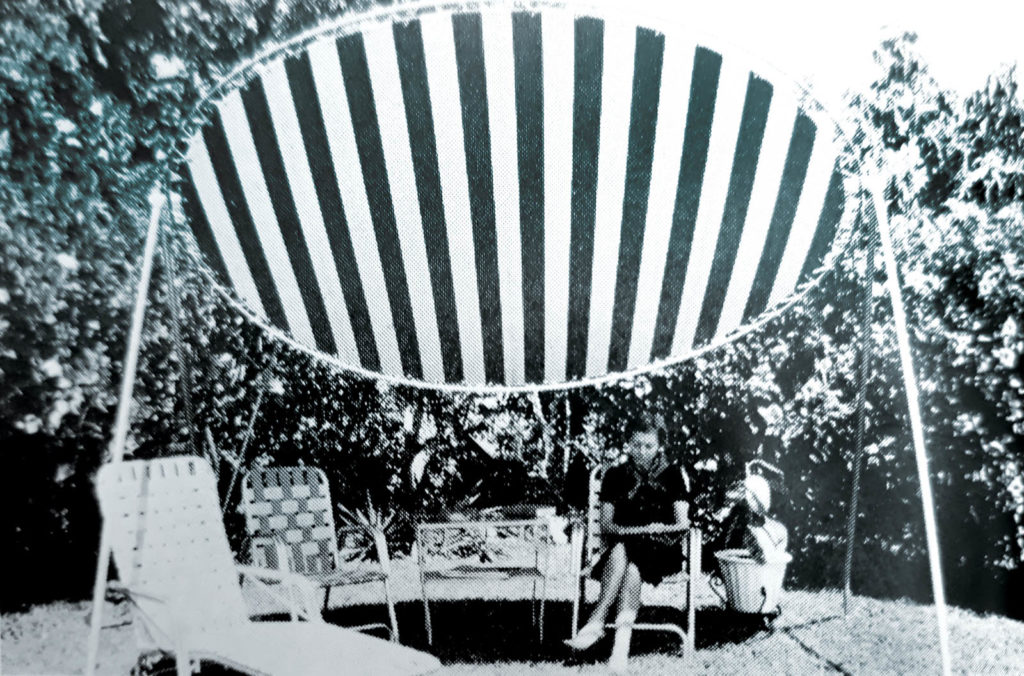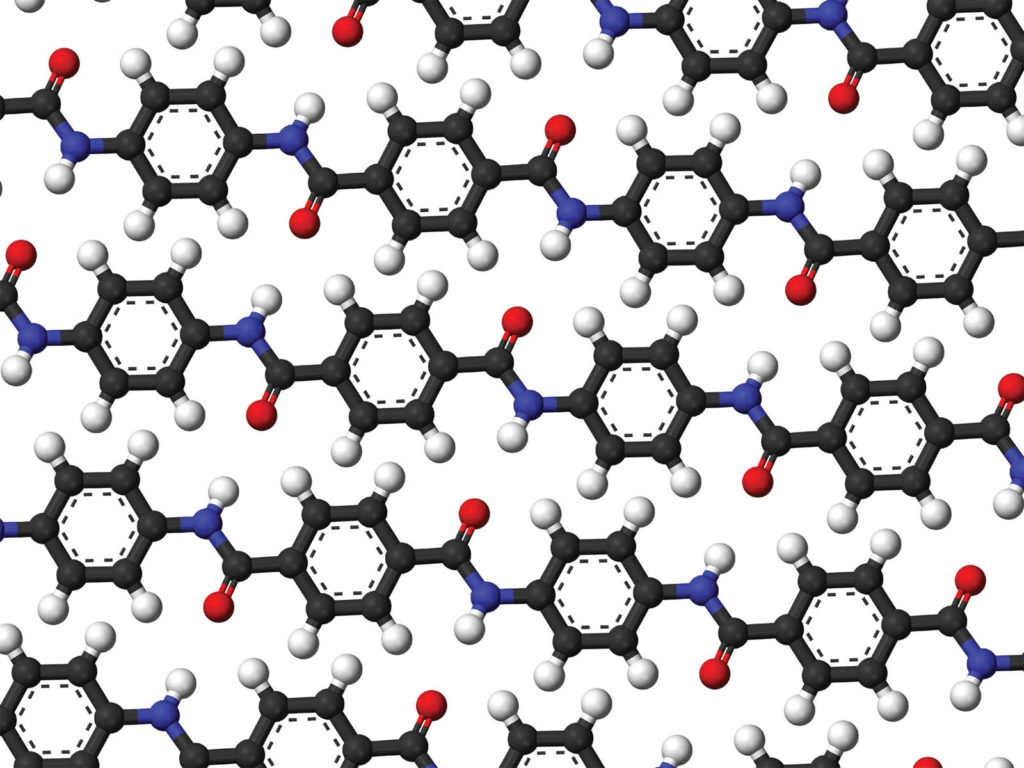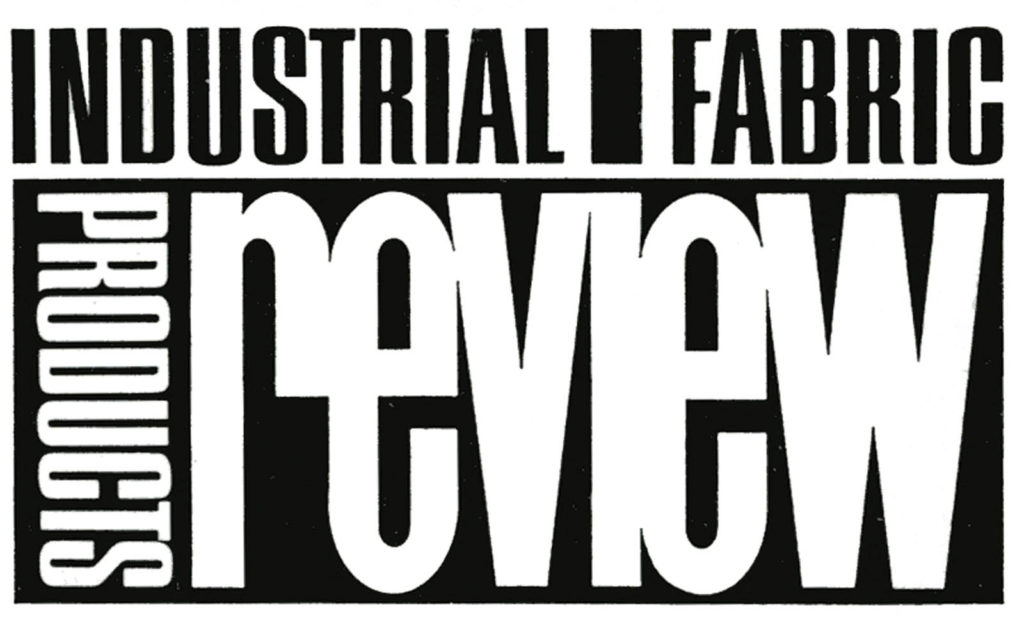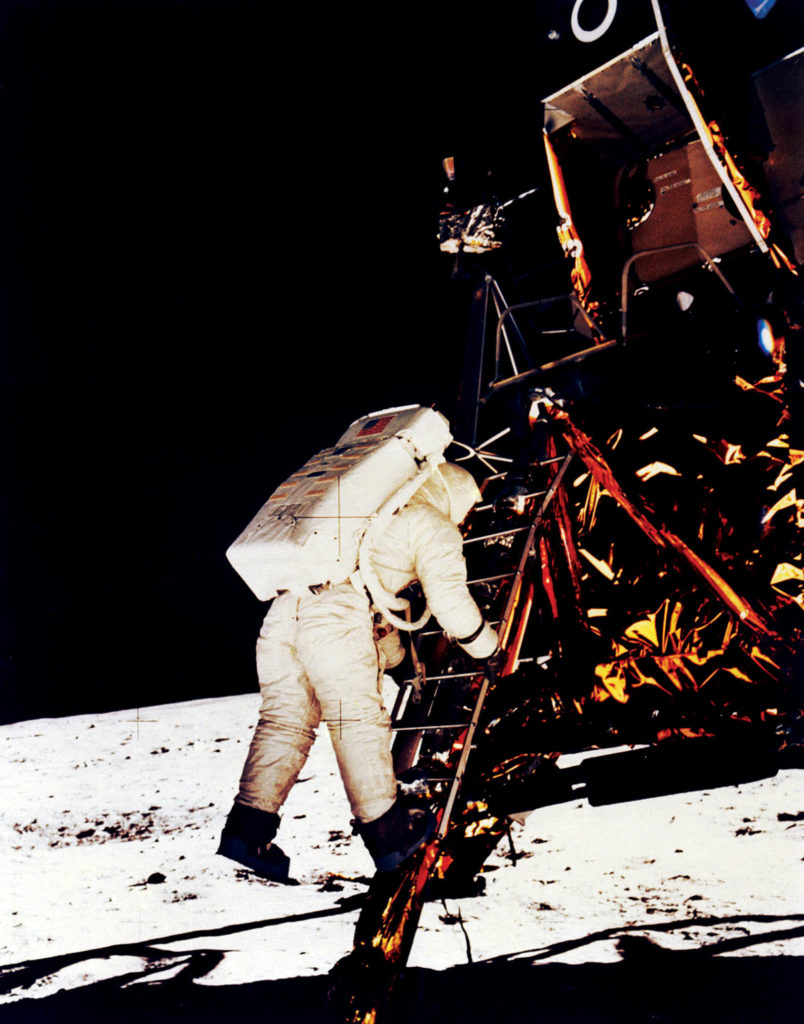The present and future of synthetic fabrics
By Sy Hyman, President, Herculite Protective Fabrics Corp., Newark, New Jersey
From his presentation at the 1964 CPAI Annual Convention, Kansas City
During those early years around 1955, not all synthetic fabrics failed. Many installations did work well. Almost the entire protective covering industry reacted to the sounds of failure which drowned out the many quiet successes. Canvas people became exceedingly cautious—and rightfully so! Many fabricators quietly continued to introduce synthetic fabrics for those easy applications where it would be beneficial. Meanwhile, manufacturers of coated synthetic fabrics continued to refine and improve the products. To borrow a quote from Dr. James B. Conant, “Science moved into industry—and industry moved into science.”
Manufacturers of synthetic alloy fabrics have barely scratched the surface of their capabilities. A look into the future is a thrilling and exciting experience. I will mention only a few of tomorrow’s fabrics now under development … Your imagination will lead you to countless uses.
- Lightweight fabrics that will efficiently filter harmful beta and gamma rays.
- Fabrics with entire surfaces that will generate heat at low wattage inputs.
- Fabrics that will have built-in lighting sources.
- Fabrics that will absorb the energy of the sun—and release it as needed in the form of heat.
- Fabrics that will have tensile load-bearing properties far in excess of steel—and yet, be fully flexible for compact storage.
To further illustrate the pace and unusual direction of these developments—I am holding in my hand a new synthetic fabric that will kill dangerous infectious bacteria such as Hospital Staph—and this lethal property is permanently built in.
The present and future uses of synthetic fabrics in industry, armed services and space are limited only by man’s imagination. Our job is only just beginning—and a thrilling job it is! Remember—no man was ever great by imitation.
From the December 1964 issue of Canvas Products Review.

60 YEARS AGO …
1960: The Textile Fiber Products Identification Act makes it necessary to label the fiber content of fabrics. The act is the result of rapid changes in the textile industry and the creation of synthetic fibers like polyester.
1961: Glen Raven introduces Sunbrella® acrylic fabrics for awnings.
1964: Featuring 160 temporary buildings and pavilions, the 1964 New York World’s Fair strongly represents the American textile industry. Cooley Inc., Glen Raven and Graniteville, among others, colored the scene with brightly colored textile structures and awnings.

1965: Stephanie Kwolek develops Kevlar® while working as a research scientist for DuPont. Made by spinning fiber from liquid crystalline solutions, it is five times stronger than steel and has half the density of fiberglass.
The federal government approves Pennsylvania’s plan to construct an inflatable rubber-coated nylon dam across the Susquehanna River.
A car bomb explodes in front of the U.S. embassy in Saigon, killing 22 and wounding 183; the U.S. orders the first combat troops to Vietnam.

1966: Canvas Products Review magazine changes its name
to Industrial Fabric Products Review.

1969: The industrial fabrics industry provided the establishment of the U.S. space program with dramatic new applications for manufactured fibers. When Neil Armstrong took his “one small step” on the moon July 20, 1969, his lunar space suit included multiple layers of nylon and aramid fabrics. The flag he planted was also made of nylon.
 TEXTILES.ORG
TEXTILES.ORG


